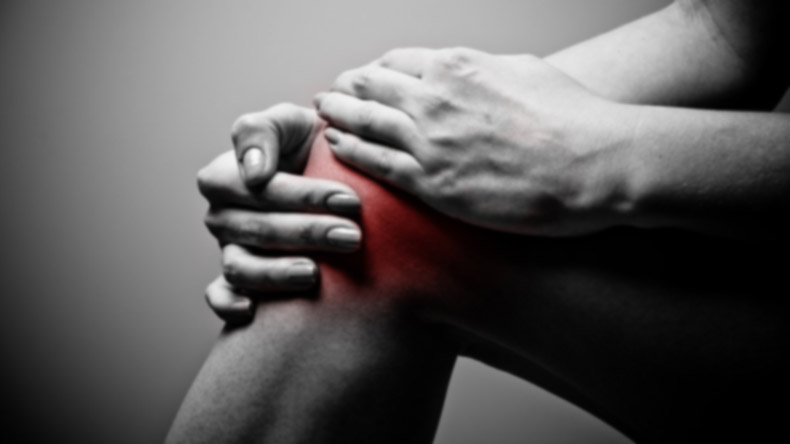
Arthroscopy is a technique for diagnosing a variety of joint problems in our body. As a first step, the surgeon investigates the problem in the joint by making small cuts in the relevant body part or skin area and then examines the same using a small tool called Arthroscope, which is fitted with a miniature camera. An arthroscope is used during many surgical procedures including cleaning, ligament reconstruction, removal for joint lining and other joint-related abnormalities. Over 7,00,000 knee arthroscopies are carried out in the USA and 1,50,000 in the UK every year. Another British Medical Journal report states that arthroscopic surgery in the middle-aged and older population is performed regularly.
The arthroscope is used post performing a general, regional or local anaesthesia. The procedure involves minimal invasion and is performed in addition to examining the joint of the body using an arthroscope is referred to as arthroscopic surgery . It usually helps in early recovery as compared to traditional surgical methods. It even helps to lessen the pain in the joint at a faster rate.
As per a study by Treuting R. , this form of surgery has evolved from just being a diagnostic tool to becoming a therapeutic tool capable of treating a wide range of injuries and disorders. Many injuries, particularly those that at one time would have been career ending for athletes, can now be addressed with this technique allowing the athletes to recover and return back to their game in full swing. Other than this, some arthroscopists even have the facilities to perform procedures in an office setting, further reducing costs of conducting a proper surgery in an operation theatre. Knee arthroscopy, for instance, in the case of osteoarthritis offers an alternative pain relief option for patients who are not ready or are unwilling to undergo a traditional or major surgical procedure such as knee replacement surgery. Studies have indicated that arthroscopic surgeries of the knees in patients with rheumatoid arthritis and other hypertrophic synovial-producing syndromes has significantly reduced complications and has improved outcomes compared with open knee surgeries.
While this is a widely used procedure for joint pain, arthroscopic surgery has also been criticized for causing multiple complications like infections and blood clots in the lungs, legs, post the procedure; artery damage, excessive bleeding or haemorrhage, nerve damage, on-going pain in the calf and foot. The procedure involves a range of equipment, including camera and monitor, surgical equipment, pump, tourniquet, etc., which can easily break down during a procedure leading to further complications. Besides this, the benefits of the surgery only last from six months to a year. One should immediately visit the doctor if they witness an unusual pain in the joint , swelling or redness.
Other complications include hemarthrosis, thrombophlebitis, arterial injury, nerve injury, compartment syndrome, and infection and metabolic complications in patients with metabolic diseases (such as diabetes, gout) or those using steroids. While arthroscopy has resulted in an overall decrease in morbidity compared with open techniques, it is still an invasive procedure and inherently involves risks.
It is thus advisable to identify an experienced orthopaedic surgeon like Dr L. Tomar, who is familiar with the nuances of the arthroscopic surgery and is well aware of the equipment devised for the surgical purpose. For instance, in case of an ankle arthroscopic surgery , use of smaller cameras and the understanding of safe portals of entry, and the innovation of joint distraction to allow for the introduction of arthroscopic equipment is available with an expert only. Similar is the case with other smaller joints like the wrist. Besides this, when arthroscopic surgery is performed in an office setting, an experienced surgeon is well prepared for any potential risks.
With the advancement in technology, the method of arthroscopy has evolved with time. Computer-assisted planning and navigation allow better results reducing outlying potential complications. In the coming years too, this technology is meant to improve and is likely to be less risky.
While there are both pros and cons to this surgery, many doctors advise some alternatives which include taking proper anti-inflammatory medications which may help reduce swelling in the joint, usage of a bandage, regular physiotherapy sessions.
Recent Posts
- Deciding Between Total Knee Replacement and Minimally-Invasive Partial Knee Replacement
- Long Term Impacts of Arthroscopic Surgery
- What to Expect After a Joint Replacement Surgery?
- Ways to Avoid Risks Post a Knee Replacement Surgery
- Five Things to Know If You Are Planning a Hip Replacement Surgery
- The Rising Bone Health Issues in Aging Population
- Knee Replacement Advancements Leading to Better Patient Satisfaction
- Simultaneous bilateral hip replacement more satisfactory and better rehabilitation
- Knee replacement as successful as Hip replacement
